Today, Costco is one of the most well-known big-box retailers on the planet. After opening in 1983, it was immediately successful and became a multi-billion dollar operation within just a few years.
However, it wasn’t all smooth sailing for Costco. In fact, during those first years, the company tried to start several in-house brands, but they all failed. Let’s find out why and what Costco did to turn it around and become the mega-company it is today.
Costco’s Not-So-Humble Beginnings

The first Costco warehouse opened in Kirkland, just outside Seattle, Washington, in 1983. Then, the company became the first in history to go from zero dollars in sales to $3 billion in less than six years.
By the end of 1993, Costco had 206 locations and generated more than $16 billion in annual sales. Only 30 years later, in 2023, Costco reported a whopping $242.29 billion in sales.
How Does Costco Make so Much Money?
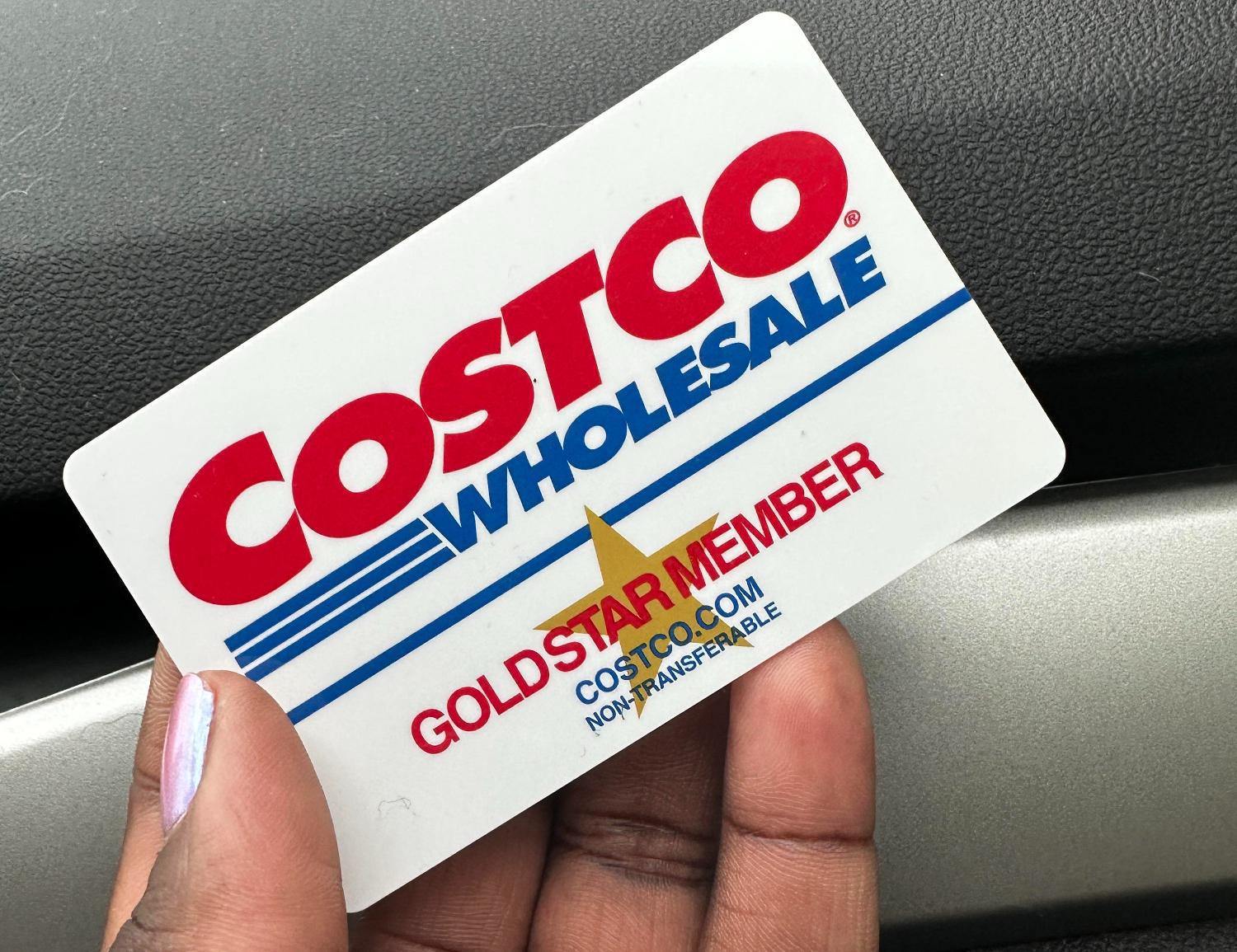
It’s important to understand that Costco has gone from zero dollars in sales to more than $200 billion in just four decades, not by dumb luck but by following a unique and wildly successful business model.
First, unlike most other big-box retailers, Costco customers must sign up for an annual membership to shop there. The minimum annual fee is $130, and with more than 132 million members, Costco brings in more than $17.19 billion every year in membership fees alone.
Keeping Prices as Low as Possible
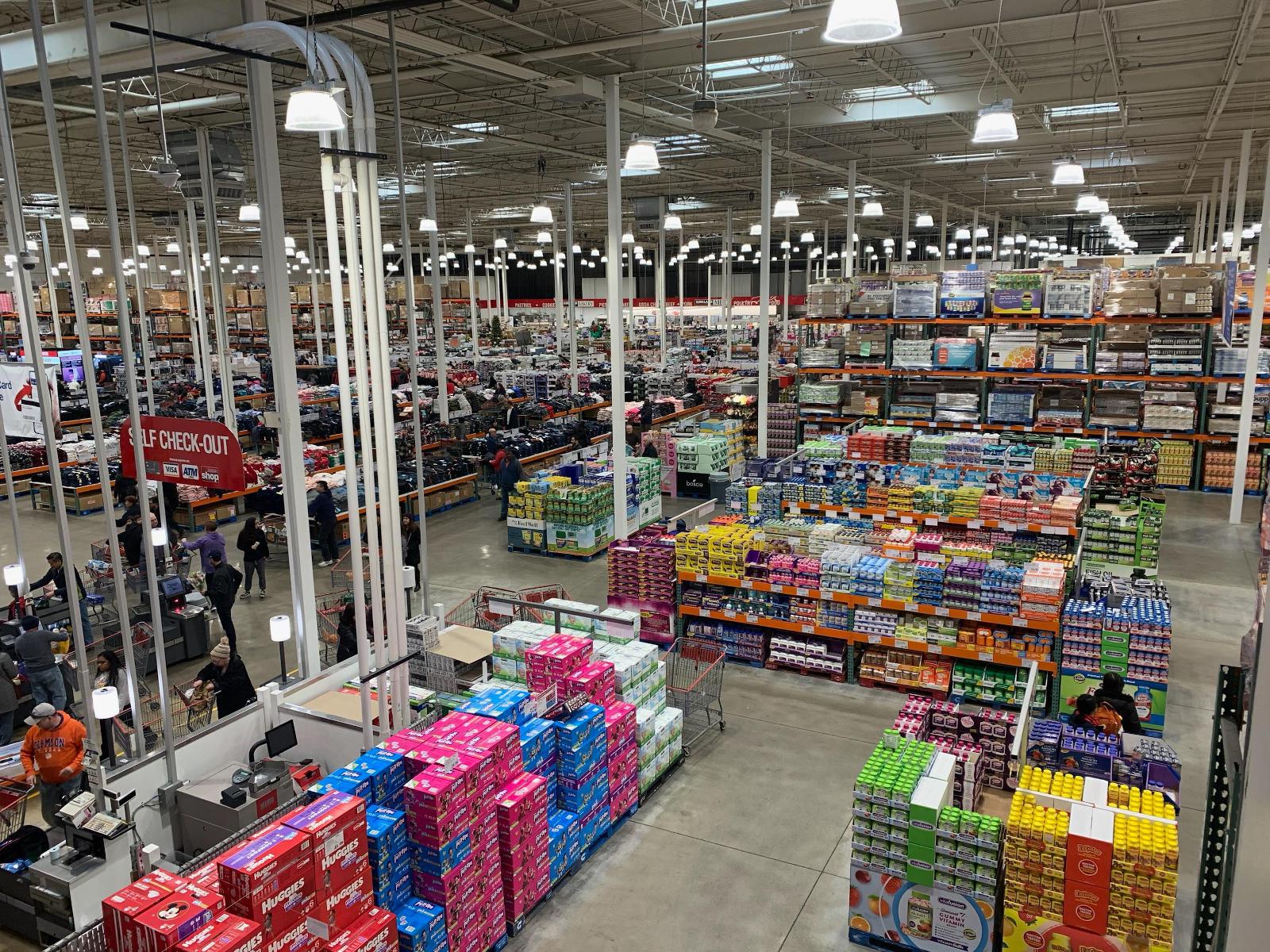
Next, Costco ensures consistent customer loyalty by keeping its prices as low as possible. The company uses large warehouses without any design or frills, stocks the shelves with the original packaging to save on labor, and sells products in large quantities to offer wholesale prices.
Additionally, Costco spends very little on labor, offers little to no customer service, almost no money on marketing, and sells a wide variety of in-house brand products they produce for next to nothing.
Costco’s Original Idea for In-House Brands
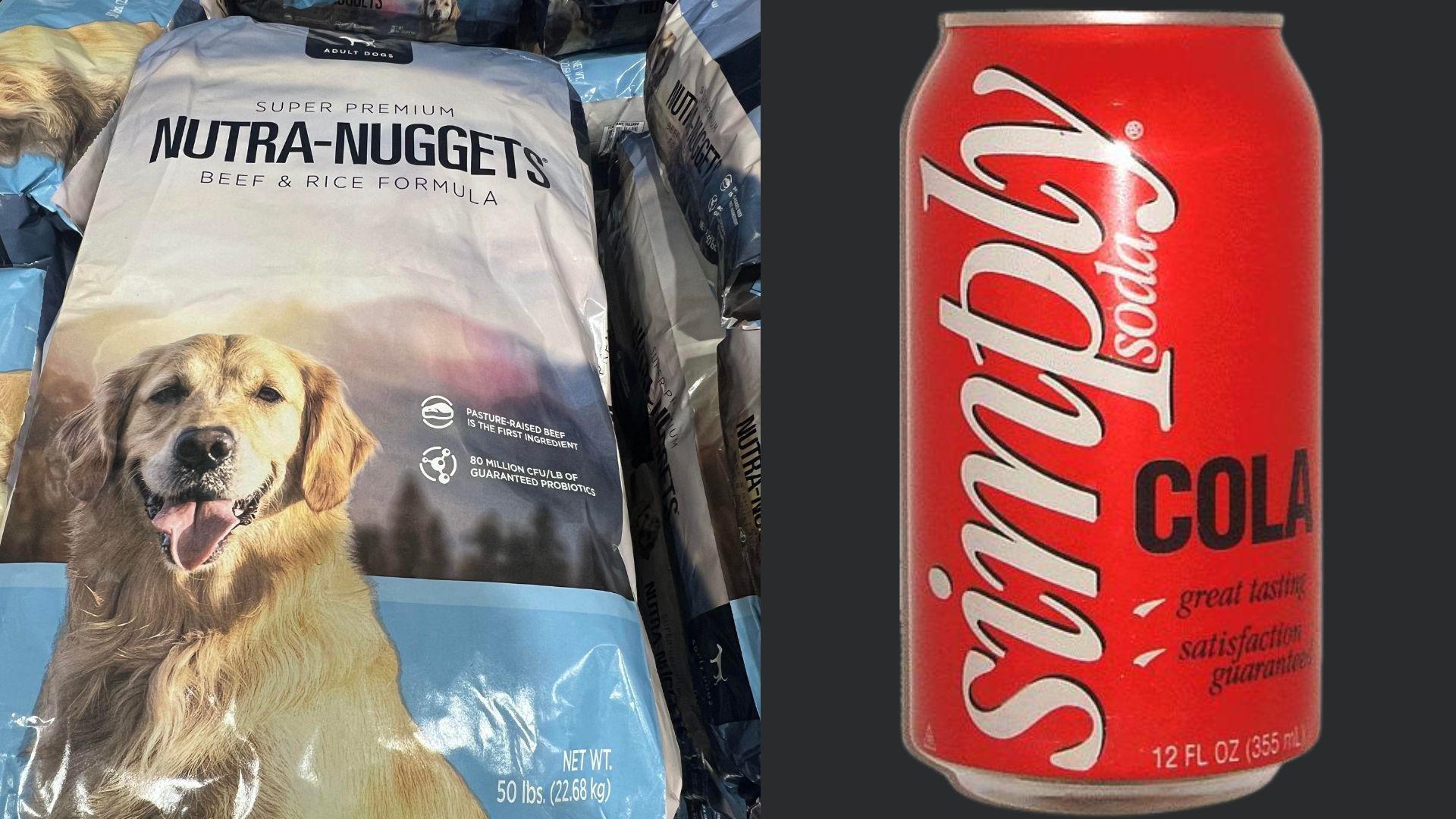
The plan to sell in-house brand products was undeniably one of Costco’s best ideas ever. However, their first attempt was wildly unsuccessful.
From 1983 to 1995, Costco sold its products under more than 30 different in-house brand names, including Clout detergent, Nutra Nuggets dog food, and Simply Soda, which had cans that looked eerily similar to Coca-Cola’s.
Costco Wasn’t the Only Company With In-House Brands
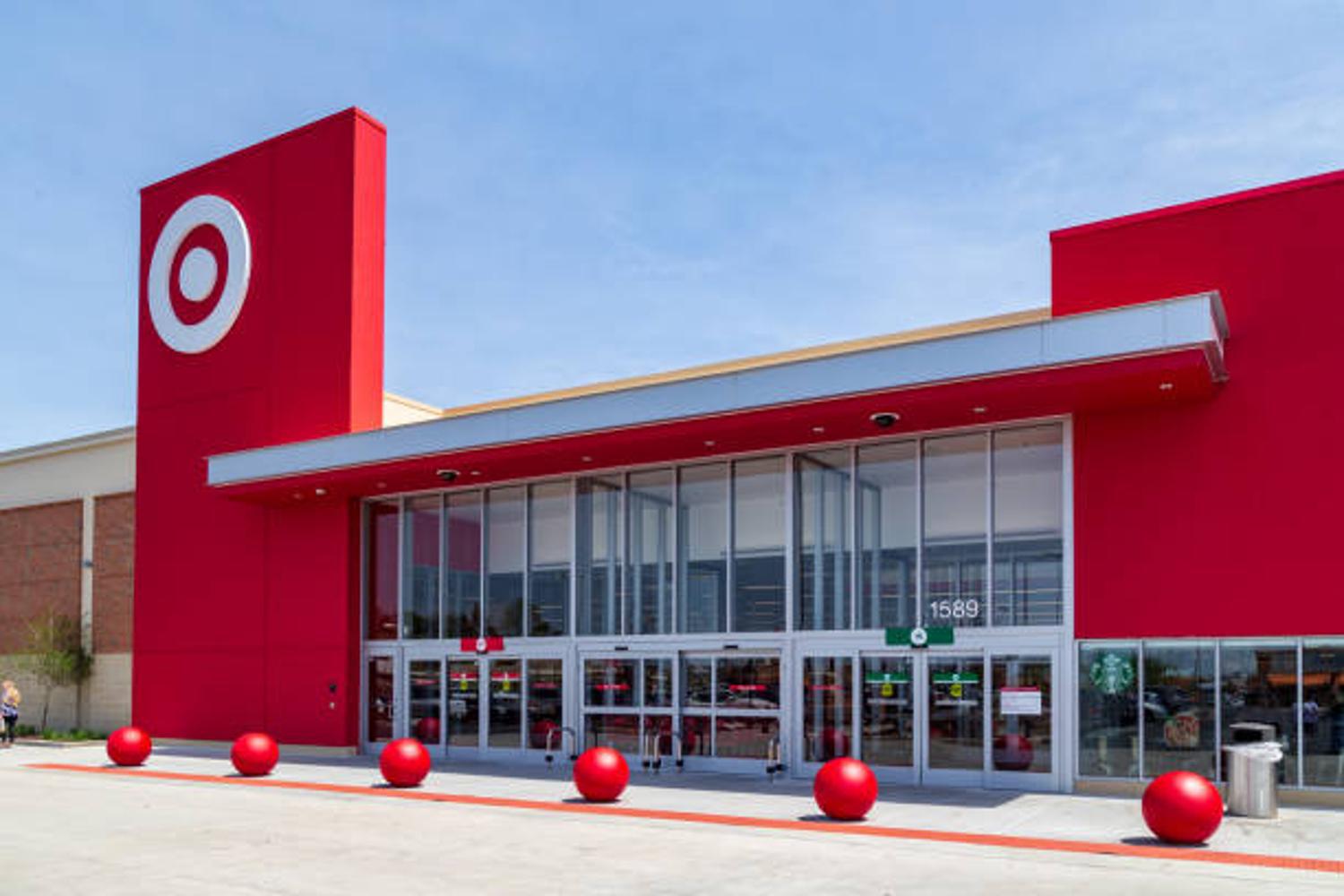
Of course, Costco wasn’t, and still isn’t, the only company using in-house brands to sell products for exceptionally low prices.
Target opened its doors in 1962 and has made billions of dollars over the years from its more than 45 different in-house brands. Like Costco, Target’s many brands focus on specific products like furniture, clothing, and cookware.
The Big Idea That Changed Costco Forever
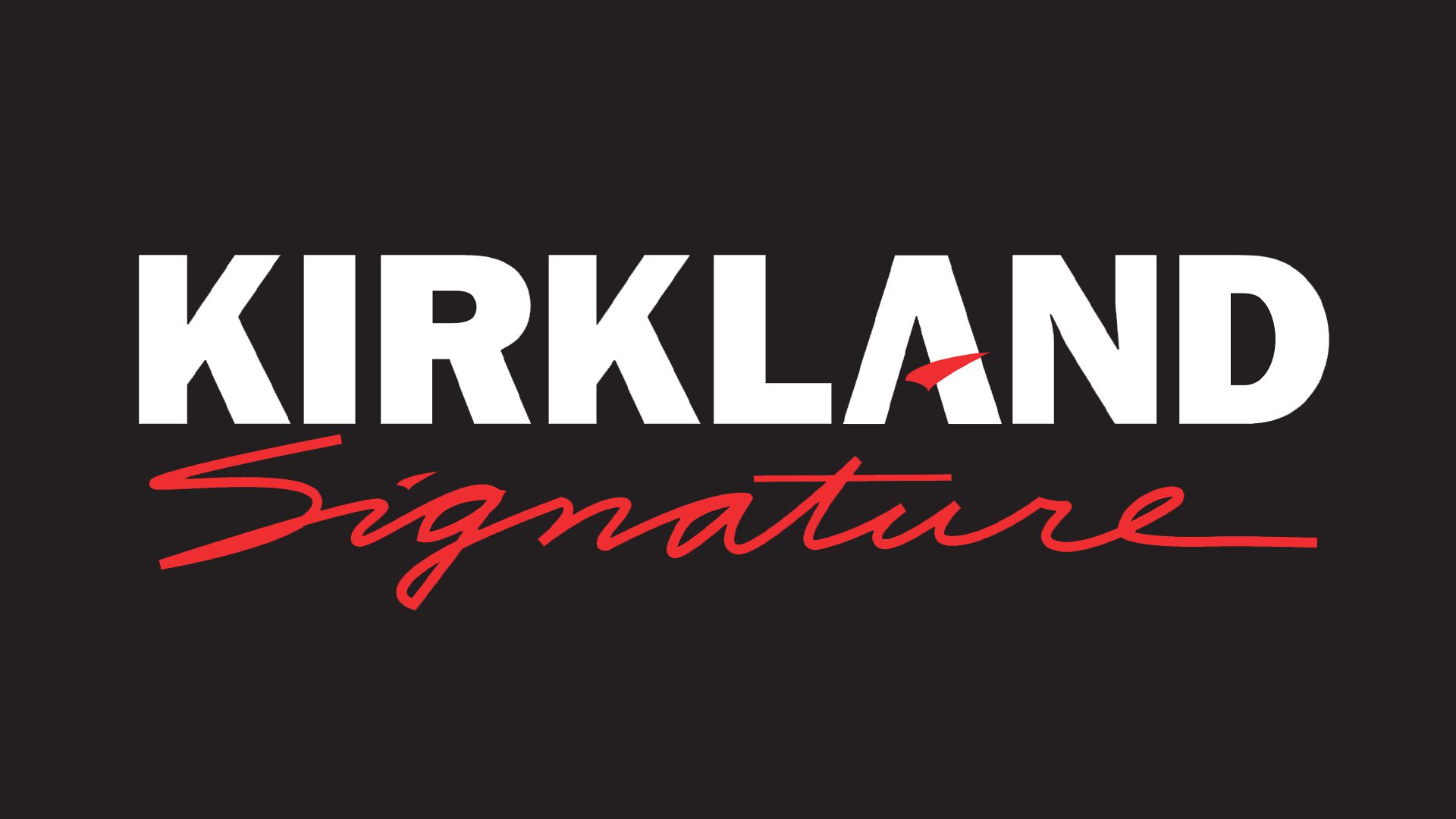
Target has proven that using dozens of in-house brands can be incredibly lucrative; however, the tactic certainly has downsides. First, none of the brands become household names because they only offer one or two products.
Next, you need separate factories, logos, employees, and marketing schemes for each and every one, which certainly becomes expensive. For these reasons, Costco’s co-founder and former CEO decided to ditch the multiple in-house brands and create just one: Kirkland Signature.
Jim Sinegal and Kirkland Signature
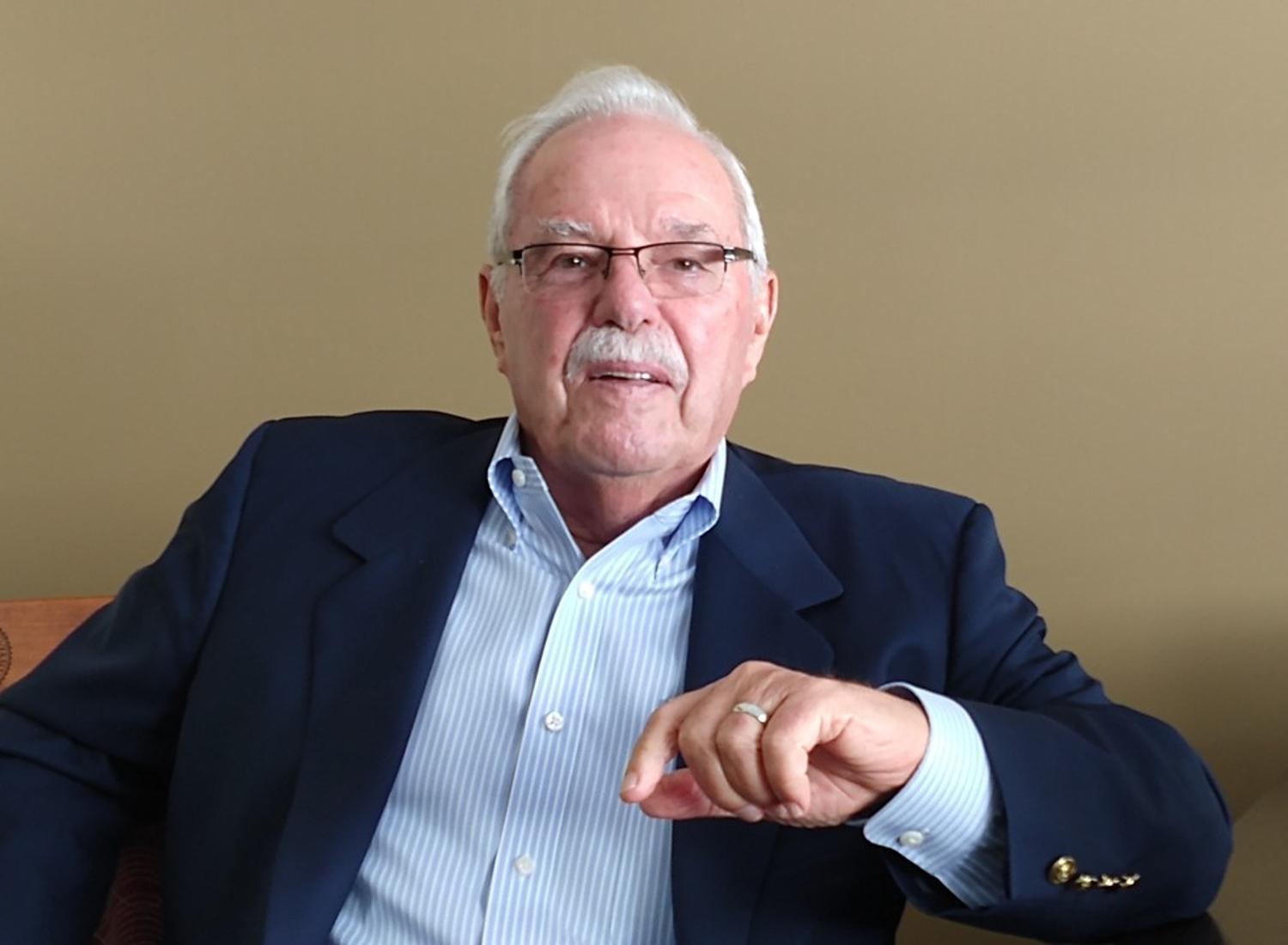
In 1991, Jim Sinegal, then CEO of Costco and co-founder of the company, read an article in Forbes magazine that changed everything. The article explained the rise of profitability in private label brands, and he thought to himself, Costco should have one of these.
Sinegal understood that expanding Costco’s many in-house brands would be expensive, time-consuming, and a legal nightmare. So, in 1995, he shut them all down and presented customers with dozens of products, all bearing the Kirkland Signature logo.
What Is Kirkland Signature?
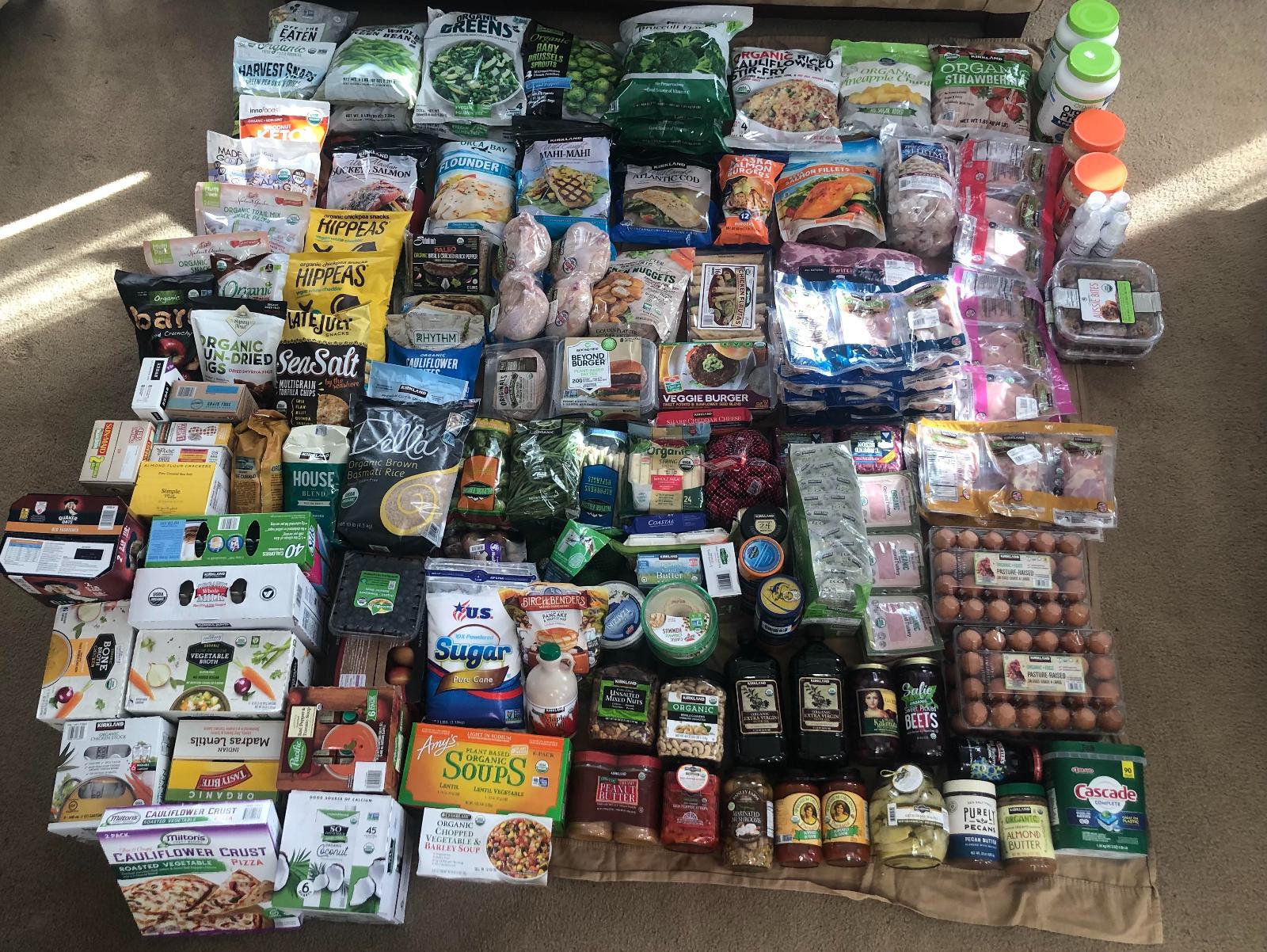
Kirkland Signature is Costco’s one and only in-house brand. Over the years, Costco has grown the brand slowly but surely, and it now offers more than 500 different products to Costco customers.
From butter to coffee, antihistamines, laundry detergent, batteries, vodka, clothing, and everything in between, there is almost nothing Kirkland Signature doesn’t make.
How Does Costco Keep Kirkland Signature Prices So Low?
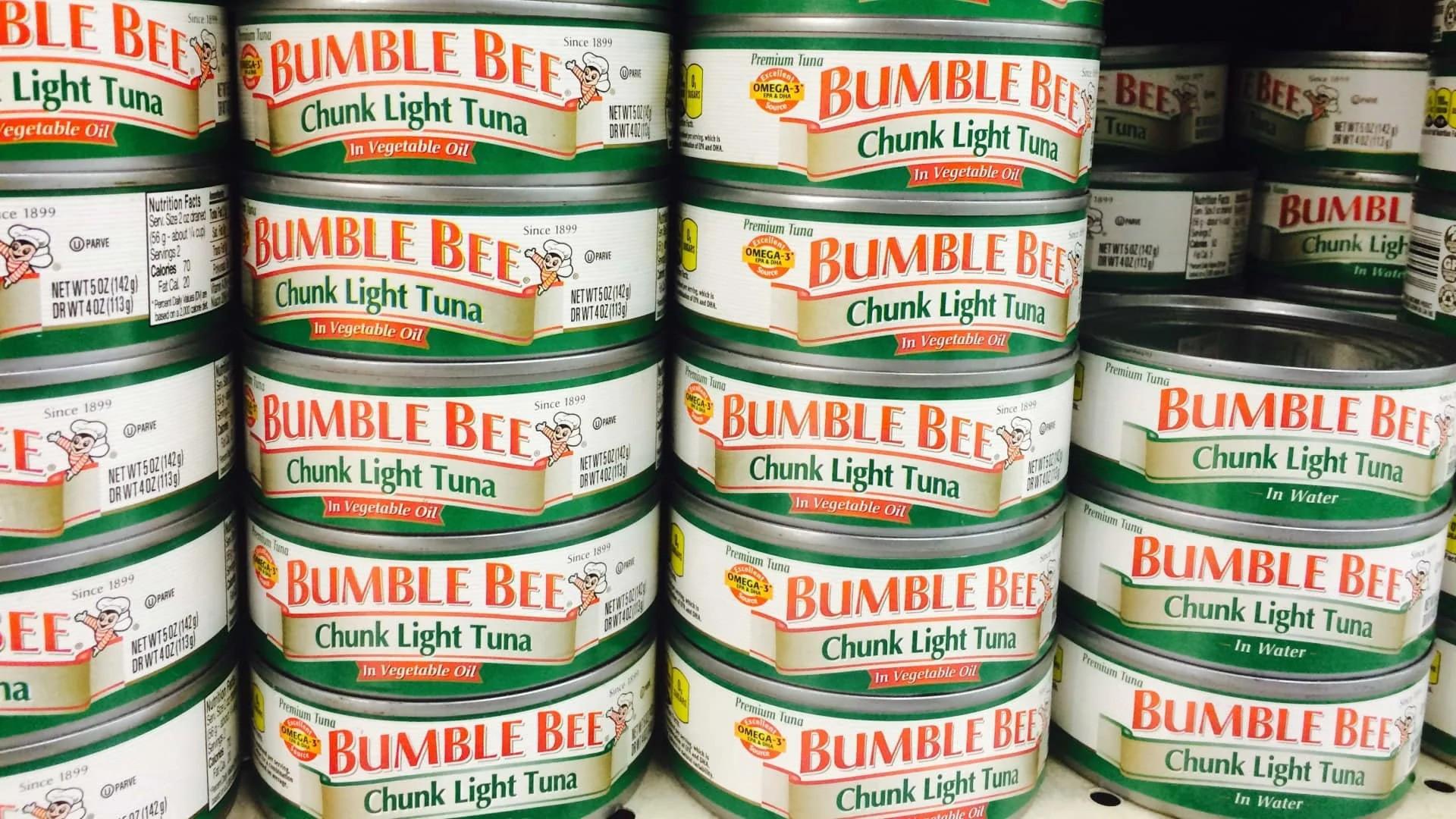
Costco’s prices are low across the board, but it’s Kirkland Signature products cost even less than their brand-name counterparts. And people have long wondered how Costco could make any money by selling these products at such discounted prices.
However, the company certainly makes money from the Kirkland Signature brand, and it does so by outsourcing. Costco pays companies like Bumblebee Tuna, Duracell, Starbucks, Diamond Pet Food, and Grey Goose Vodka to make massive amounts of their products, but with a Kirkland Signature label on it.
Kirkland Signature Makes More Money Than Nike or Coca-Cola
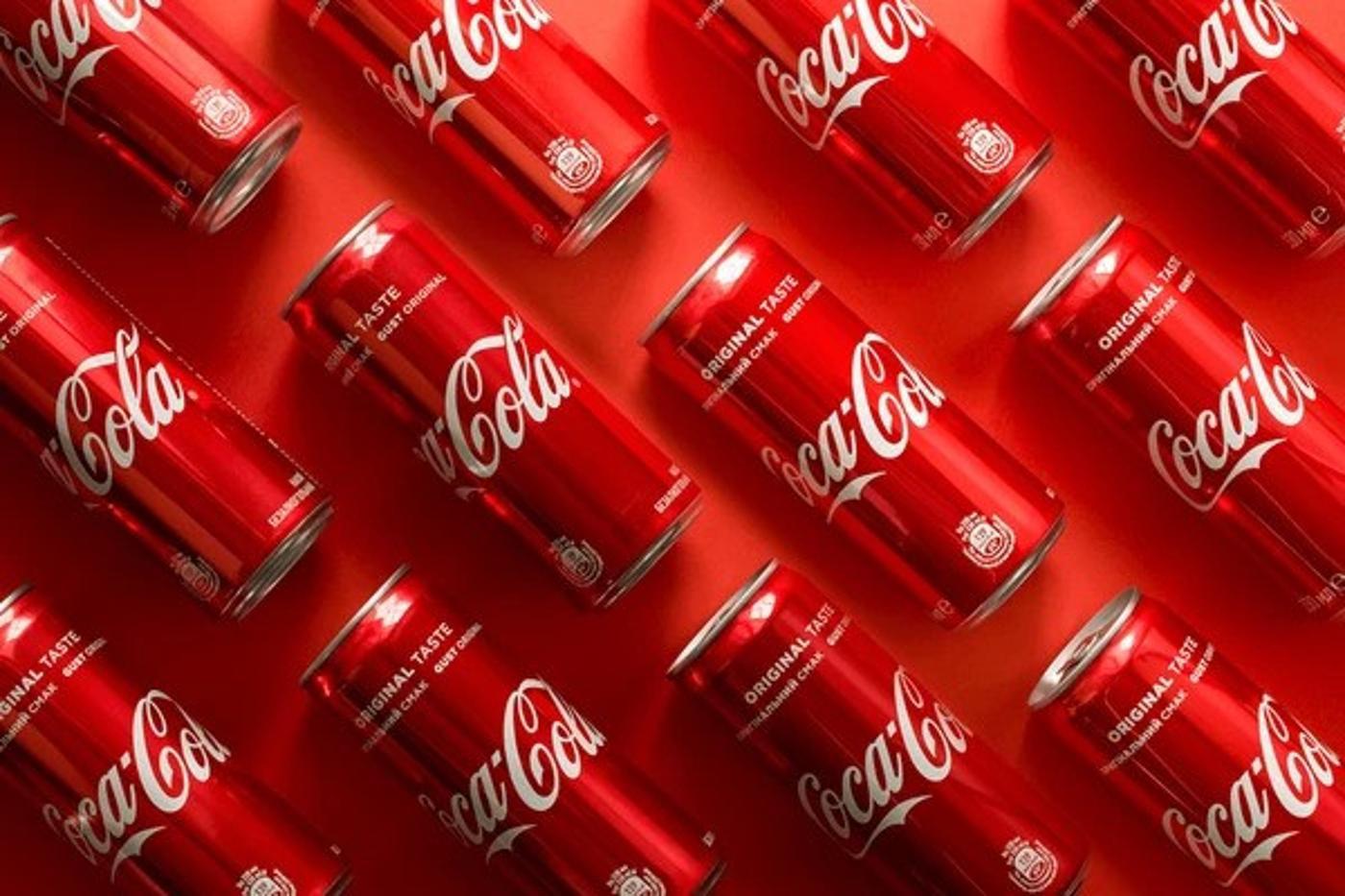
By ordering wholesale, Costco gets a great deal on these products. Additionally, the companies receive a payout simply for making more of what their factories are already producing. And best of all, consumers are getting fantastic brand-name products at a fraction of the cost – it’s a win-win-win.
In fact, people love Kirkland Signature products so much that the company makes more than $56 billion every year. For comparison, Coca-Cola and Nike only make $45.75 billion and $51 billion annually, respectively, and they are two of the most lucrative brands in the world.
Costco Will Go Down in History as One of the Most Successful Businesses of All Time
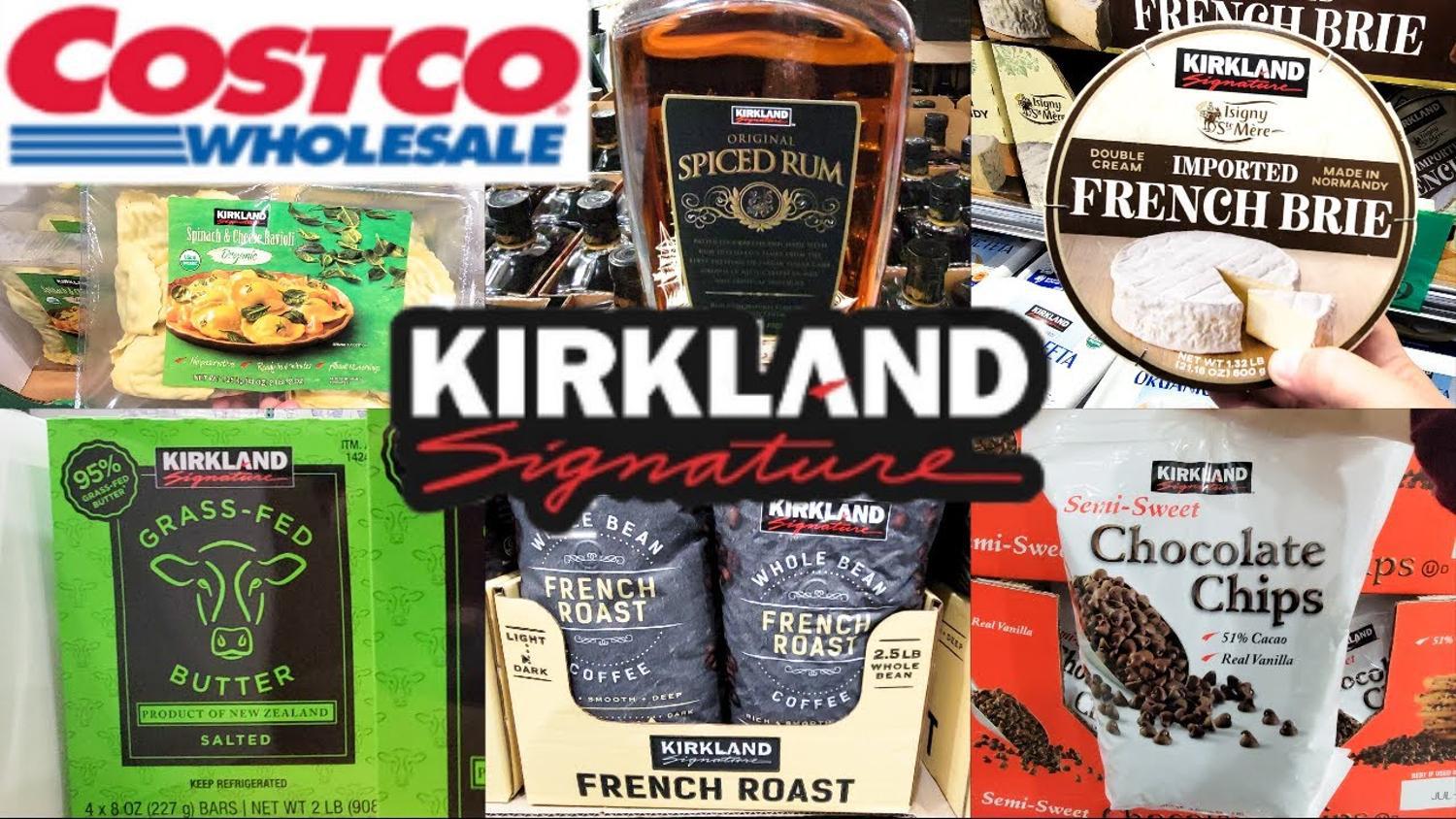
Even before using the one-in-house brand model and creating Kirkland Signature, Costco was already immensely successful. However, this decision undoubtedly pushed the company from great to exceptional.
By creating a brand that people love and can afford, Costco has done something no other big-box retailer has ever done and will go down in history for it.








































